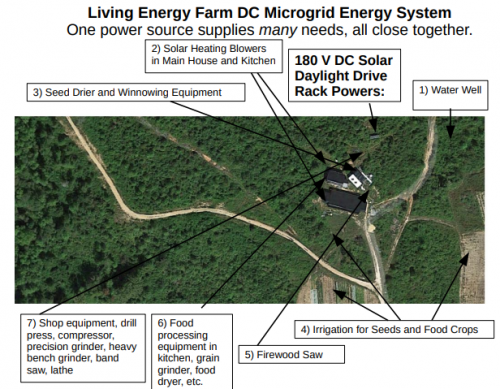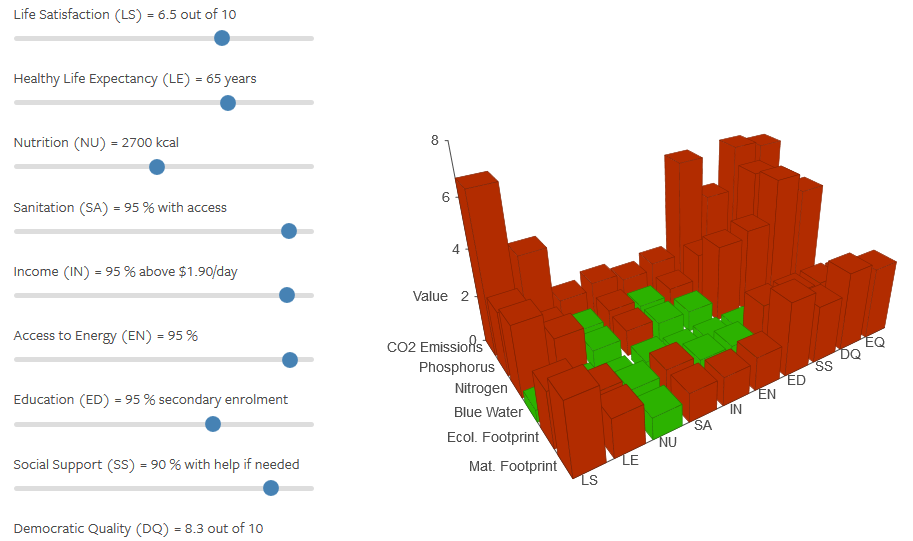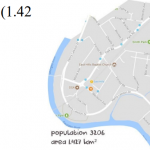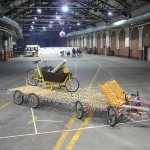The promise of conventional development is that by following in the footsteps of the “developed” countries of the world, the “underdeveloped” countries can become rich and comfortable too. Poverty will be eliminated, and the problems of overpopulation and environmental degradation will be solved.
This argument, reasonable as it may seem at first glance, in fact contains an inherent flaw, even deception. The fact is that the developed nations are consuming essential industrial resources in such a way and at such rate that it is impossible for underdeveloped areas of the world to follow in their footsteps. When one-third of the world’s population consumes two-thirds of the world’s resources, and then in effect turns around and tells the others to do as they do, it is little short of a hoax.
Development is all too often a euphemism for exploitation, a new colonialism. The forces of development and modernization have pulled most people away from a sure subsistence and got them to chase after an illusion, only to fall flat on their faces, materially impoverished and psychologically disoriented. A majority are turned into slum dwellers — having left the land and their local economy to end up in the shadow of an urban dream that can never be realized.
Quoted from: Ancient Futures, Helena Norberg-Hodge, 2016 (first print 1991).









